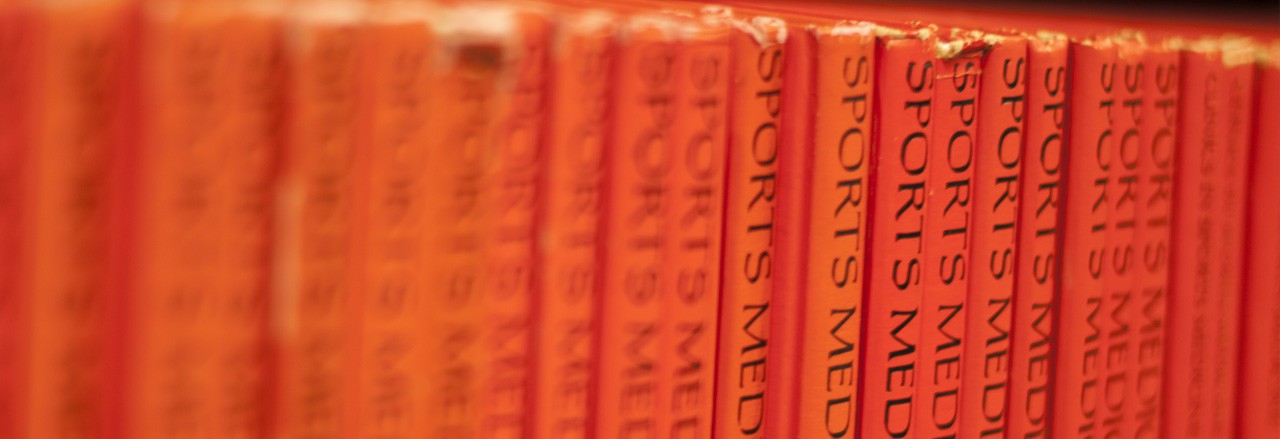General information
- ACL sprains or tears are among the most common knee injuries
- More than 200,000 ACL reconstructions are performed annually in the US.
- ACL tears are more common among female athletes than their male counterparts
Anatomy and Function
- The ACL (anterior cruciate ligament) is one of the two ligaments in the center of the knee. One end is attached to the femur (thigh bone) and the other end is attached to the tibia (shin bone). This ligament helps hold the femur and tibia in proper position to each other.
- The ACL plays an important role in providing stability to the knee joint in everyone, but is especially important for people engaged in activities that require side-to-side movement and pivoting.
ACL Injury
- The typical ACL injury is described as a “tear” that can be partial or complete. The tear may occur near the center of the ACL or at either end, pulling it away from its attachment to bone.
- The majority of ACL injuries are “non-contact” meaning that the knee was NOT struck by another object or player. Rather, a twisting and/or hyperextension of the knee commonly cause the injury.
- Patients frequently describe feeling or hearing a “pop” when the foot was planted and their knee rotated for pivoted. Pain and swelling follows.
- Often times, the injury that tore the ACL also caused damage to other structures in the knee, such as the cartilage, meniscus, or other ligaments.
Risk Factors
- Activities that involve
- Changing direction rapidly
- Stopping suddenly
- Slowing down while running
- Landing from a jump incorrectly
- Direct contact or collision
- Gender: the female to male ratio is more than 4:1. This is due to many factors including knee anatomy, alignment, and neuromuscular factors.
- Personal or family history of ACL tear.
Symptoms
- A “pop” feel or sound upon injury
- Sense of instability or “giving way”
- Pain with swelling
- Inability to bend and straighten the knee
- Inability to bear weight
Diagnosis
- Physical examination is the most important diagnostic tool. Dr. Taylor will evaluate your knee for areas of tenderness, amount of swelling, range of motion, evidence of abnormal laxity, and for co-existing injury of other structures in and around the knee
- X-ray is important to look for fractures and other bony abnormalities.
- MRI may be ordered to confirm a diagnosis and/or better evaluate some of the soft tissue structures in the knee that may have been injured as well
Treatment
Despite what you may have read, not all ACL tears need to be treated with surgery. The decision to reconstruct the ACL is based upon many factors such as your age, activity level, goals, symptoms, injury mechanism, and associated injuries. Dr. Taylor will discuss your options, both surgical and non-surgical in detail during your appointment.
Non-Surgical
- Older, less active patients, and non-pivoting athletes may be successfully treated without surgery by working with physical therapists to build up the thigh muscles and core muscles that help control the knee. While traditional teaching suggests that the ACL does not “heal” it may scar down in a position that affords adequate stability among a subset of patients.
Surgical
- In young, active patients, and those with sporting demands that require cutting and pivoting, ACL reconstruction is often the most reliable option to eliminate symptoms of instability and regain function.
- In preparation for ACL reconstruction, Dr. Taylor will have you work with a physical therapist for “ACL Pre-hab” focused on reduction of swelling, recovery of knee motion, and strengthening of the thigh muscles. This is essential to a successful surgical outcome.
- An ACL reconstruction is performed by using a tendon graft from another source and replacing the torn ACL. Drill holes are made in the femur and tibia and the new tendon graft is weaved into place and secured using screws or surgical buttons.
- Graft options include autograft (your tissue) or allograft (donor tissue). Selection of the ideal graft is patient specific. Please refer to ACL Graft Options section for more detailed information. Dr. Taylor will also discuss your options during your visit.
- Effective postoperative rehabilitation is critical to a successful surgical outcome and return to your desired sport/activity. The rehabilitation process typically takes 9 months (6-12 months).


